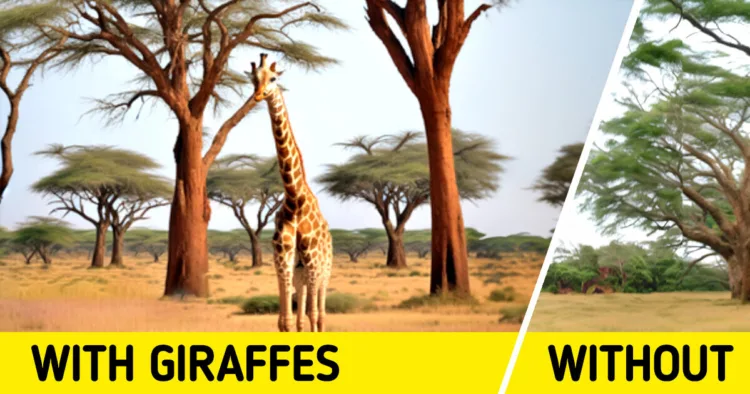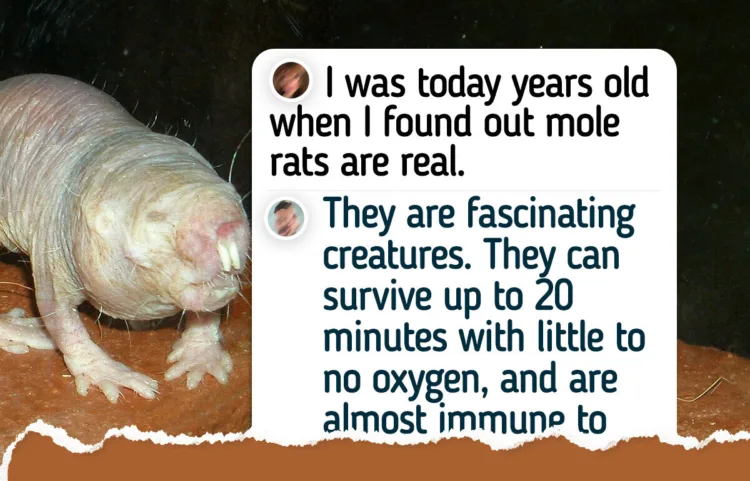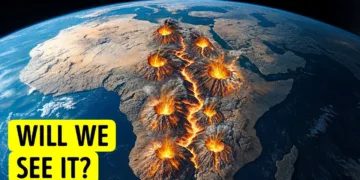Giraffes, particularly their West African, Kordofan, and Nubian species, have seen a drastic reduction in their population by 77%, leaving a meager 5,919 alive today. This startling statistic sends a foreboding signal that these long-necked mammals are nearing extinction — a reality that the world has never seen before. What does this impending loss mean for our planet? Let’s delve into the potential repercussions of a world devoid of giraffes.
1The Reasons Behind Giraffes’ Near-Endangered Status
The downfall in the giraffe population is attributable to various interlocking factors. Habitat destruction, local conflicts, rampant poaching, and the encroachment of human civilization play significant roles in this issue. Subsequently, their traditional habitats are increasingly becoming unsettled, leading to accidents like electrocution. Furthermore, they are becoming targets of poachers involved in the illegal bushmeat industry.
Illegal traders specifically bring giraffes and other valuable African wildlife into their crosshair, as they offer high financial returns. Over the preceding 30 years, the U.S. market has seen an inflow of more than 20,000 giraffe bone carvings every day. In contrast, American hunters venture to Africa for trophy hunting, typically bringing back the giraffe’s head and neck as a sign of their conquest.
In 2017, various conservation bodies, including the Humane Society, signified their intention to legally challenge the U.S. Fish and Wildlife Service, demanding that giraffes be put under the Endangered Species Act since a survey revealed that the species was endangered. In 2019, federal wildlife offices announced that they would consider making giraffes an endangered species following a 12-month review.
However, the counter-argument presented by the Safari Club International, a pro-hunting group, stated that such a designation would dampen hunters’ economic interest in hunting giraffes, thus depleting the revenue and incentives brought by hunting.
2Which Giraffe Species are at Risk?
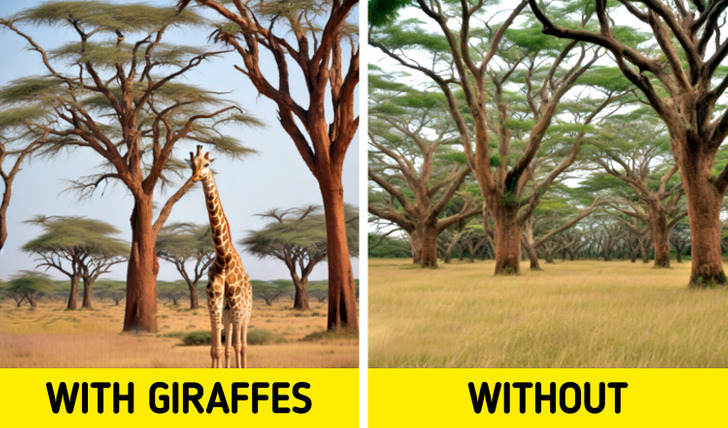
The global population of giraffes is suffering a severe decline, with barely 110,000 individuals left. This marks a 30% decline since the ’80s, and the figures keep spiraling downwards. Some species report an up to 80% decrease, including the reticulated giraffe of northern Kenya which has seen a 50%-80% drop since the 1990s.
West African, Kordofan, and Nubian giraffes were the worst hit, with their population plunging from 25,653 to 5,919 individuals; a shocking 77% decline since 1985. The reticulated and Masai giraffes in West Africa also face similar threats.
Surprisingly, none of these giraffe species are officially categorized as endangered. Various environmental and wildlife conservation-groups have been pressuring federal officials since 2017 to provide protection for these creatures. Unfortunately, the response has been sluggish. They plan to gather public comments until early 2025, and a decision will be made in the same year.
3Predicted Outcomes of Potential Giraffe Extinction
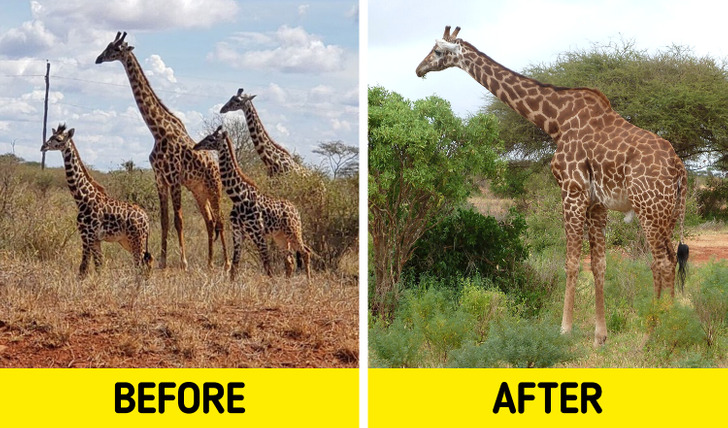
Giraffes are a pivotal element in maintaining the balance of the African ecosystems. Without them, these ecosystems would potentially unravel and collapse. Giraffes’ impressive height grants them access to vegetation unreachable by other animals, allowing lower-level plants to flourish and serve as food for smaller fauna. They also play a crucial role in the survival of the acacia tree, a species whose seedlings depend on passing through a giraffe’s digestive system to successfully germinate. Moreover, their towering stature and keen sight enable them to spot predators earlier, acting as a critical early-warning mechanism for surrounding wildlife.
4Other Species Staring Down the Abyss of Extinction
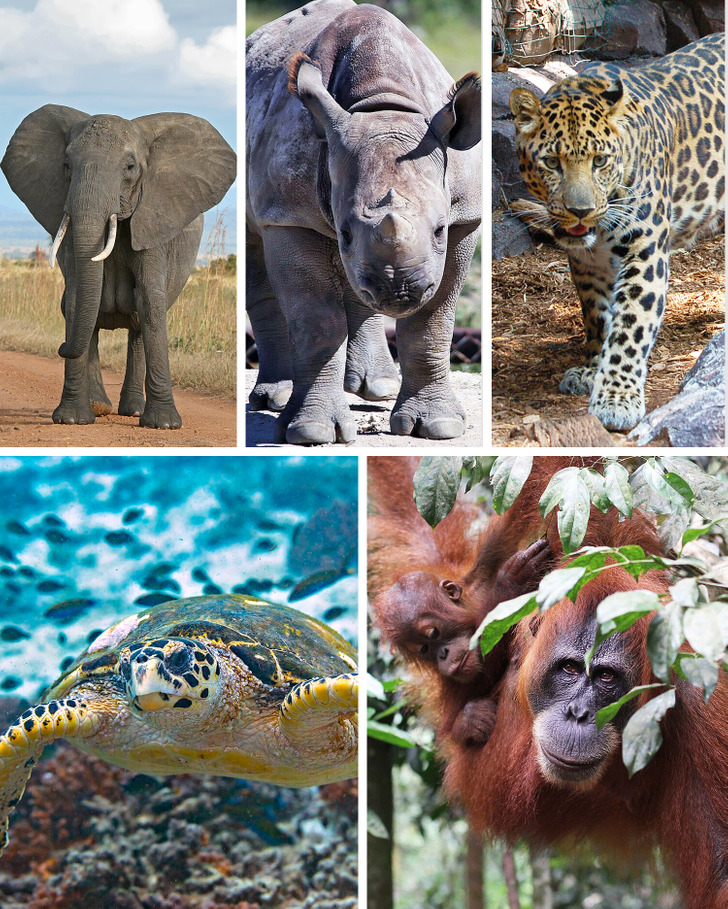
Presently, approximately 46,300 species are threatened with extinction, and the numbers are only increasing. Before any species succumbs to extinction, it passes through several categorizations: Least Concern (LC), Near Threatened (NT), Vulnerable (VU), Endangered (EN), Critically Endangered (CR), Extinct in the Wild (EW), and finally Extinct (EX). Let’s take a closer look at species that are critically endangered and on the brink of oblivion.
A handful of animals have already vanished, replaced by their evolved descendants. For instance, today’s hyenas don’t resemble their ancestors. Witness how animal species evolve over time.
